A brief video case study
Cleveland Clinic is a non-profit academic medical center. Advertising on our site helps support our mission. We do not endorse non-Cleveland Clinic products or services. Policy
A patient presents with a dense vitreous hemorrhage due to proliferative diabetic retinopathy. The hemorrhage prevents preoperative assessment of the retinal anatomy with optical coherence tomography (OCT). In addition, the view is obscured for evaluating for presence of tractional membranes with funduscopic exam.
Once the hemorrhage is initially cleared, intraoperative OCT is used successfully to visualize the retinal anatomy and identify areas of traction and potential dissection planes for surgery.
This visualization enhances surgical safety through enabling precision dissection techniques. Following membrane removal, intraoperative OCT then confirms completion of surgical objectives.
Dr. Ehlers is the Norman C. and Donna L. Harbert Endowed Chair for Ophthalmic Research and Director of the Tony and Leona Campane Center for Excellence in Image-Guided Surgery and Advanced Imaging Research Vitreoretinal Service at Cole Eye Institute. In this work, Dr. Ehlers has helped reveal the unique phenotyping capabilities of OCT. That has triggered the development of multiple analytic platforms that can provide novel insights into disease features and differential therapeutic responses.
Dr. Ehlers’ work in OCT and imaging biomarkers during his 12-year career has produced nearly 200 peer-reviewed publications and a collection of patents and awards. In 2022, he won the Young Investigator Award from both the American Society of Retina Specialists (ASRS) and the Macula Society.
“My team is exploring how to use traditional imaging and advanced technology, like artificial intelligence, to better understand retinal disease, characterize imaging phenotypes and predict treatment response,” says Dr. Ehlers. “Our goal is precision medicine, where we tailor treatment for an individual based on an enhanced profile of their disease that we can identify through imaging.”
For more details about Dr. Ehlers work, read this summary of his work with other OCT experts at Cole Eye Institute.
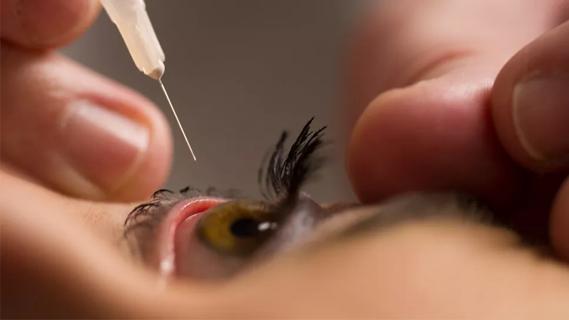
Study highlights the value of quantitative ultra-widefield angiography
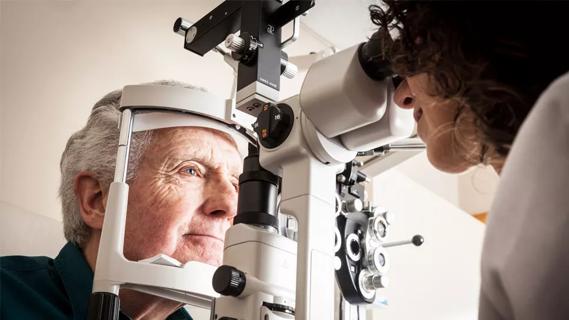
Switching medications may decrease treatment burden and macular fluid

Interventions abound for active and stable phases of TED
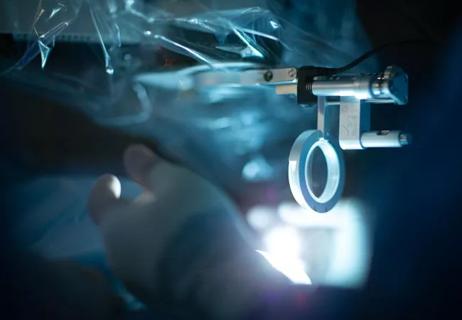
Corneal imaging and interpretation play a major role

Effect of low-dose atropine and dual-focus contact lenses is unknown in patients with comorbid eye conditions
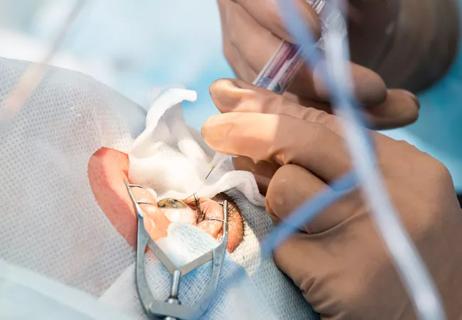
How to screen for and manage treatment-triggered uveitis
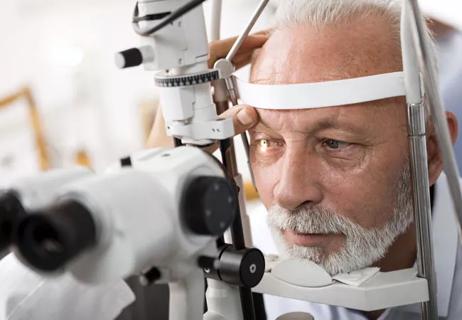
Minimally invasive surgery is effective for uveitic and steroid-induced glaucoma too
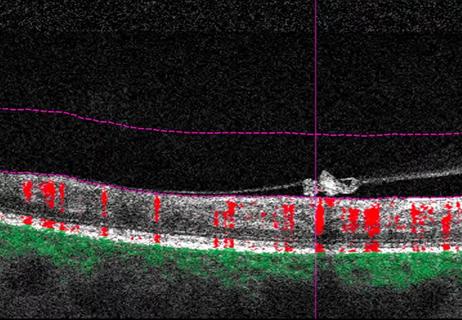
Why retina specialists should get comfortable with this imaging tool